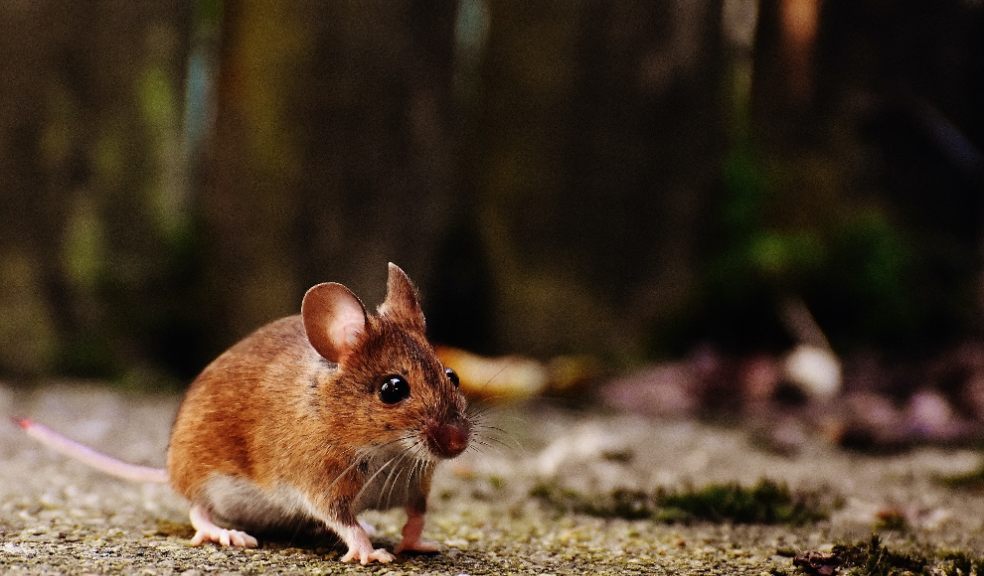
Rodent Control: Tips for Keeping Mice and Rats at Bay
Rodent control is essential for maintaining a healthy and pest-free home. Mice and rats can carry diseases, damage property and contaminate food. To keep these unwelcome intruders at bay, you can get help from pest control services like Spidexx while implementing DIY strategies. This article will give you some suggestions to assist you in controlling rodent populations, from closing access sites to routine inspections and monitoring.
Sealing entry points: The first line of defense
Regarding rodent control, sealing entry points is your first line of defense against unwanted intruders like mice and rats. Rodents can squeeze through surprisingly small openings, so carefully inspect your home for gaps in doors, windows, foundations and utility penetrations. Seal these gaps with weatherstripping, caulk or steel wool to deny rodents access.
Pay special attention to areas around pipes, vents and wires, as rodents often use these as entry points. Remember that prevention is key; even small openings can provide access. Regularly inspect and maintain the integrity of your home's exterior to keep rodents at bay. Creating a barrier against entry significantly reduces the chances of a rodent infestation and the associated health and property risks.
Maintaining a clean environment: A key strategy in rodent control
Maintaining a clean environment is a fundamental strategy in rodent control. Rodents are attracted to sources of food, water and shelter. Removing these attractions makes your home less hospitable to mice and rats. Store food in airtight containers to deny access to rodents and promptly clean up crumbs, spills and food waste.
Decluttering is also essential, as rodents seek hiding places in cluttered areas. Regularly clean and organize storage spaces to eliminate potential nesting sites. Outdoor areas should be well-maintained, with trash containers securely closed to prevent easy access to food sources.
A clean environment deters rodents and helps you identify signs of infestation early, ensuring prompt action to control the problem before it worsens.
Strategic placement of traps and baits: Effective ways to target rodent infestations
Lastly, when dealing with a rodent infestation, strategically placing traps and baits is a highly effective approach. Snap traps, electronic traps and bait stations are commonly used methods. Place traps and baits where rodent activity is evident, such as along walls, near entry points, or dark corners.
Use peanut butter, cheese, or commercially available rodent bait to lure them into the traps. Be cautious with the placement, ensuring they are out of reach of children and pets.
Regularly check and reset traps or replenish baits as needed. This proactive approach targets the specific areas where rodents are active, improving your chances of successful control while minimizing the risk of accidental exposure.













